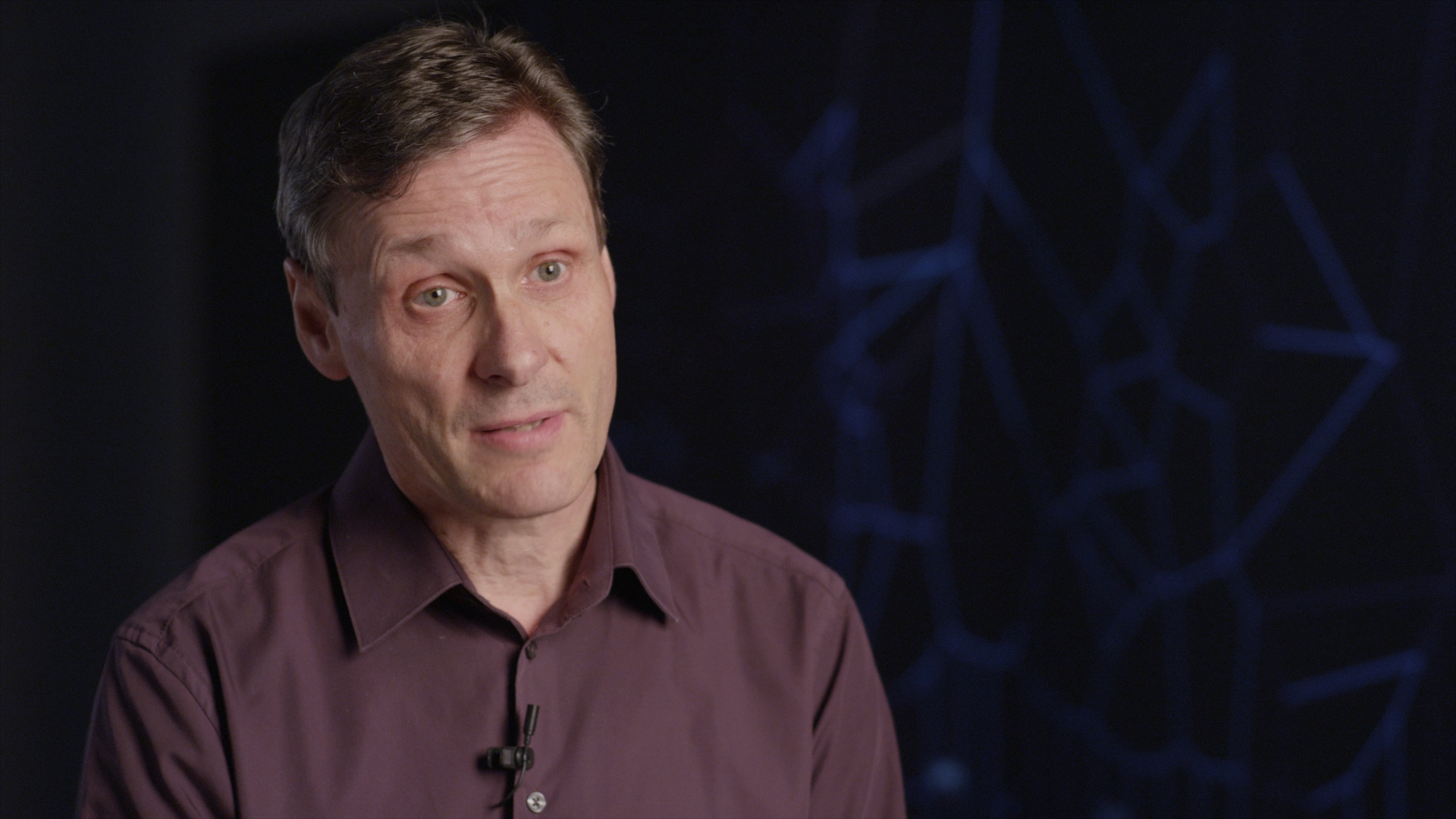MED-EL
Published Jul 27, 2016
Making Music From Maths: Meet MED-EL’s Master of Sound Coding

Peter Nopp is the Director of Research Signal Processing at MED-EL. Peter and his team use mathematical operations to code sound, shaping how and what people with a MED-EL cochlear implant hear! We sit down with Peter to learn about sound coding and find out what fascinates him about working with cochlear implants.
MED-EL Blog: Thanks for sharing your time with us, Peter! Firstly, could you introduce yourself and how you got into the field of cochlear implants?
Peter Nopp: I was born and grew up in Linz, Austria, which lies halfway in between Salzburg and Vienna. I studied control engineering at the Technical University in Vienna. During my study in Vienna, I heard about the Hochmairs and their cochlear implant project.
After my PhD thesis, I attended a presentation by Ingeborg Hochmair during a medical engineering conference and really got interested in the topic. We talked briefly during the conference and then had meetings at the company, and half a year later I started with MED-EL in the Research and Development department.
MB: What exactly is sound coding and what does it do?
PN: A sound coding strategy is basically a set of algorithms, or mathematical operations. These algorithms translate the sounds picked up by the microphones in the audio processor into electrical signals. These signals are then sent to the implant, to stimulate the cochlea with electrical pulses. The audio processor handles all of these algorithms, so our recipients can benefit from updated sound coding strategies with each update of the audio processor.
MB: What appealed to you about working with sound coding?
PN: What always fascinated me with sound coding is that you actually shape what people hear with a cochlear implant, and also how they hear. When users say that they are again able to enjoy music and understand speech over the telephone, it is very rewarding as you know that this is, at least in part, an achievement of your own work and, of course, that of your team.
MB: What technological factors affect how well people can hear sound via a cochlear implant?
PN: Each person has their own hearing background which can affect how well they hear. Additionally, there are three aspects of a cochlear implant that basically determine what, and how well, people hear via their device. These are: flexible electrode arrays that help preserve the delicate structures in the cochlea, long electrode arrays that stimulate the entire cochlea, and sound coding that allows the most accurate stimulation of each cochlear region. So, here I am in the middle of a triangle, and it is exactly that synergistic aspect of my work that makes my days.
MB: How do current sound coding strategies compare to older coding strategies?
PN: Sound coding strategies have come a long way. Early strategies could provide some limited speech understanding in quiet, but were not ideal in noise. A major breakthrough in sound coding strategy design was the CIS strategy for cochlear implants, which was developed in the early 1990s and provided greatly improved speech understanding.
About 10 years ago, MED-EL introduced the first sound coding strategies that went beyond CIS and can provide the fine structure of a sound via a cochlear implant, which means a more natural sound quality, especially in the low frequencies. This precise sound coding enables users to hear fuller and richer music sounds.
We’ve continued to develop this fine structure coding, which is known as FineHearing. FineHearing sound coding, together with long electrode arrays, allows our recipients to hear the low pitches, like the bass in a piece of music, much clearer and thus closer to natural sound.
MB: How do you and your team develop new strategies?
PN: One of the difficulties in developing a sound coding strategy is that there is no way to develop and test these strategies on computer simulations. In addition, you also can not test these technologies in acoustic hearing individuals. That means that each idea for a new strategy needs to be tested by actual cochlear implant users, and only after developing the test system and testing a number of users, does it become clear whether or not the concept shows promise.
So, this is what we do in Research & Development: Develop test systems, and test, test, test.
MB: What does the future look like for sound coding?
PN: The future is all about bringing users of MED-EL cochlear implant systems even closer to normal hearing in terms of what they hear and how well they hear. We have made great progress in that direction already with CIS and the fine structure strategies, but I think we can still do even better.
Another aspect is that cochlear implant users still vary considerably in how well they hear, and closing the gap between good performers and lower performers is another great challenge. I am proud to contribute my part to meeting this goal in the future.
MB: Thanks Peter, we look forward to hearing about the next developments in sound coding for cochlear implants!
Want to learn how to listen to music with your cochlear implant? Or, interested in how the brain hears sound?
Subscribe to the MED-EL Blog by entering your email address below to get the low-down on all-things-hearing, from tips and tricks, to exclusive interviews and new technology!
MED-EL
Was this article helpful?
Thanks for your feedback.
Sign up for newsletter below for more.
Thanks for your feedback.
Please leave your message below.
Thanks for your message. We will reply as soon as possible.
Send us a message
Field is required
John Doe
Field is required
name@mail.com
Field is required
What do you think?
Wayne Denney
November 23, 2023
I am interested especially in noisy environments + listening to music
MED-EL
November 24, 2023
Hi Wayne, thanks for reaching out. We recommend contacting your local MED-EL team via https://www.medel.com/clinic-finder as they can provide you with further information. Kind regards, Gordana
MED-EL



Conversation
1 Comment